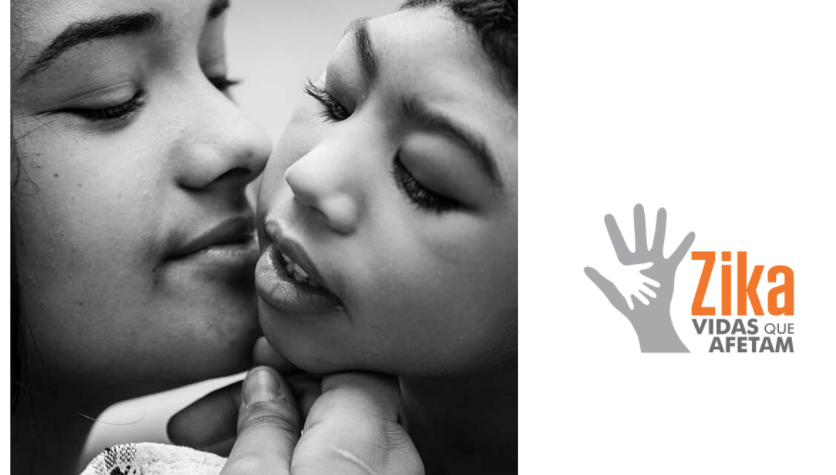
Zika Affecting Lives was launched internationally on the 17th during the ZikAlliance annual meeting
In 2016, the lives of many Brazilian families were (and still are) affected by the consequences brought by Zika virus infections. Especially Northeast Brazil – and in other countries, mainly in Latin America – faced an increased number of babies born with neurological disorders, the most notable one, microcephaly. Families were frightened; health care staff started to pose questions about such an unexpected situation, and scientists made all efforts to give answers. All of these communities joined efforts to cope with this scenario. Zika Affecting Lives tells us how these affections have been building the Zika virus history in Brazil.
Exhibition is a result of a joint effort among all actors involved
During the ZikAlliance annual event, researchers presented the results of a work that lasted over 6 years. One of its outstanding ones is the Exhibition Zika Affecting Lives, whose international launch was on March 17.
On the occasion of the month dedicated to remember the feminine struggle for equal rights, Fiocruz President , Nisia Trindade Lima, highlighted the role of women in the success of the health response during the crucial moments of the Zika epidemic: "I emphasize that the title is suggestive because the focus of the exhibition is to think about the impact of the Zika epidemic and the congenital syndrome associated with it, with its effects on babies, on families and especially on women. These women, often alone, take care of children while demanding public policies. Thus, the exhibition shows not only this daily life, but also how researchers, families, professionals, and managers of our Brazilian Health System sought to respond to this emergency.”
The Coordinator of the Zika Social Sciences Network, Gustavo Matta, hosted the ceremony and disclosed to the audience the different facets behind the conception of the Exhibition. It is anchored on three pillars: science, health, and society. Research, the strengthening of the Brazilian Health System (SUS its acronym in Portuguese), and the involvement and engagement of social movements and communities proved to be the key to tackle health emergencies such as the Zika one.
"To affect, to be affected, to build affections... This is the meaning of this exhibition. It is where science, ethics, and aesthetics come together, become a single project. ", he concluded inviting everyone to access the exhibition and disseminate it through their networks.
The consequences will always be part of their lives
The Hub talked to another mother, Vanessa Aguiar, whose son Yan Samuel, was one of the babies affected by the Zika Virus. She mentioned her continuous movement to improve her son´s quality of life on an everyday basis. She highlighted the importance of institutions such as Fiocruz, which research results have strengthened their lives, and commented on Law 13985/2020, recently approved, which offers a social benefit (minimum wage) to children born with microcephaly: “There are many aspects still missing. One of them is the delay. Me and Yan were one of the firsts in Minas Gerais to have gone through the process and it´s been almost a year and we have not received the benefit yet. It was a great advancement, but it is too slow”.
She also reminded that the children and their families still need to have their lives improved and stressed they cannot be forgotten: “Our children still need a better quality of life and us mothers and caregivers have been through a lot, even got sick […] Our life story continues”.
This exhibition shows the outcome of the dialogue among families, health workers, managers, and scientists about the Zika virus disease. The different involvement of each actor of this network was key to reflect and improve ways to cope with uncertain aspects of Congenital Syndrome. The exhibition comes from a genuine desire of not turning this history forgotten or unseen.
It is displayed in three languages Portuguese, English, and Spanish so to increase its audience. It is the result a collective effort that involved Fiocruz, the international ZikAlliance Consortium, the families, and other partners. Click here to access the Exhibition.